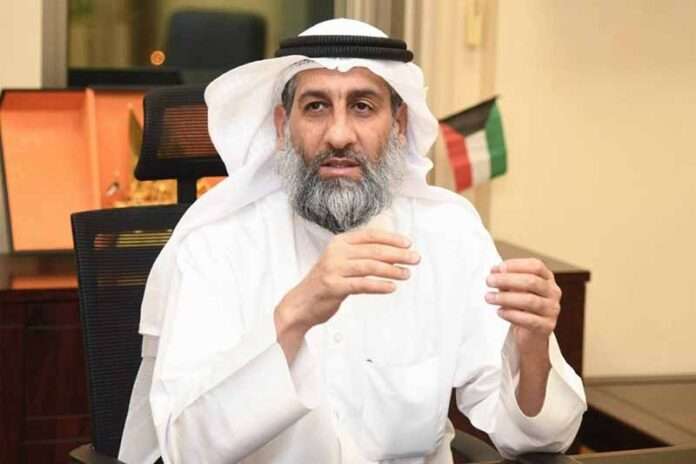Eng. Haitham Al-Ali, the Undersecretary of the Electric Power Stations and Water Distillation Sector in the Ministry of Electricity and Water, unveiled the ministry’s plans to bolster energy production and water distillation in line with the state’s development projects. The ambitious initiative aims to introduce over 10,000 megawatts into the electrical grid by 2030.
In a recent interview with Al-Jarida, Al-Ali disclosed that these projects encompass a mix of renewable and traditional energy sources, with around 5,000 megawatts expected from renewable energy projects and over 8,000 megawatts from conventional power stations. The planned production will significantly contribute to meeting the growing energy demands of the country.
Highlighting the synergy between electricity and water production, Al-Ali emphasized that the ministry’s endeavors to extend to include water production projects alongside electricity projects. Among these are the “Northern Az-Zour station, phases two and three,” as well as the “Nuwaiseeb and Khairan” stations.
The Undersecretary called upon citizens and residents to play their part in reducing energy consumption during peak periods, particularly in the scorching summer months, to preserve the nation’s valuable resources. He emphasized that rationalizing electricity and water usage not only benefits the environment but also helps alleviate the financial burden on the Ministry of Electricity and Water.
Al-Ali shed light on the significant role played by the “electric power stations and water distillation” sector within the ministry, constituting the backbone of its operations. Currently, the ministry operates seven stations, including Shuwaikh, Shuaiba, eastern Doha, western Doha, southern Al-Zour, and Al-Subbiya stations, in addition to the privately operated northern Al-Zour station.
Looking ahead, Al-Ali highlighted upcoming projects that align with Kuwait’s development plans, encompassing key sectors such as housing and services. The ministry is determined to synchronize these future projects with the country’s broader development initiatives.
Among the notable projects in the pipeline is the “Nuwaiseeb station,” set to be implemented in the southern region of the country. Additionally, collaborations with the Public-Private Partnership Authority will bring about projects like the “Al-Zour North Station” phases two and three, and the impressive “Khairan station.” Notably, the crown jewel of renewable energy projects, the “Al-Shagaya” station, is poised to become the largest renewable energy plant in the Gulf region, boasting an impressive capacity of 4,500 MW.
The timeline for these initiatives is well laid out, with projects scheduled for completion and entry into service between 2026 and 2028. The ministry is focused on meticulous planning and timely execution to ensure a seamless integration of these projects into the country’s power grid.
Recognizing the challenges posed by increased electricity consumption during the peak summer months, Al-Ali revealed that comprehensive maintenance efforts are carried out between September and May each year to prepare the stations for the summer surge in demand.
In the final stages of its feasibility study, the “Al-Shagaya” project will harness solar energy, coupled with 200 megawatts of concentrated energy, to meet its production objectives. The ministry is actively working on the tender process in collaboration with the Central Agency for Public Tenders.
In conclusion, Eng. Haitham Al-Ali extended his gratitude to the hardworking employees of the Ministry of Electricity and Water, especially those in the stations sector, for their relentless dedication to fulfilling the nation’s electricity and water requirements, catering to the needs of citizens and residents alike.

















